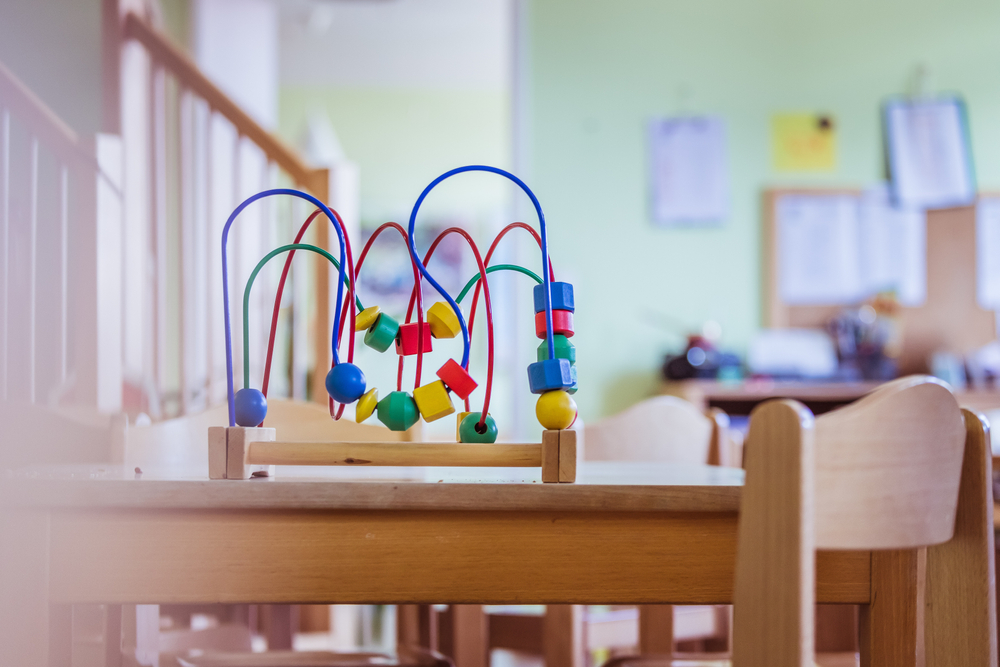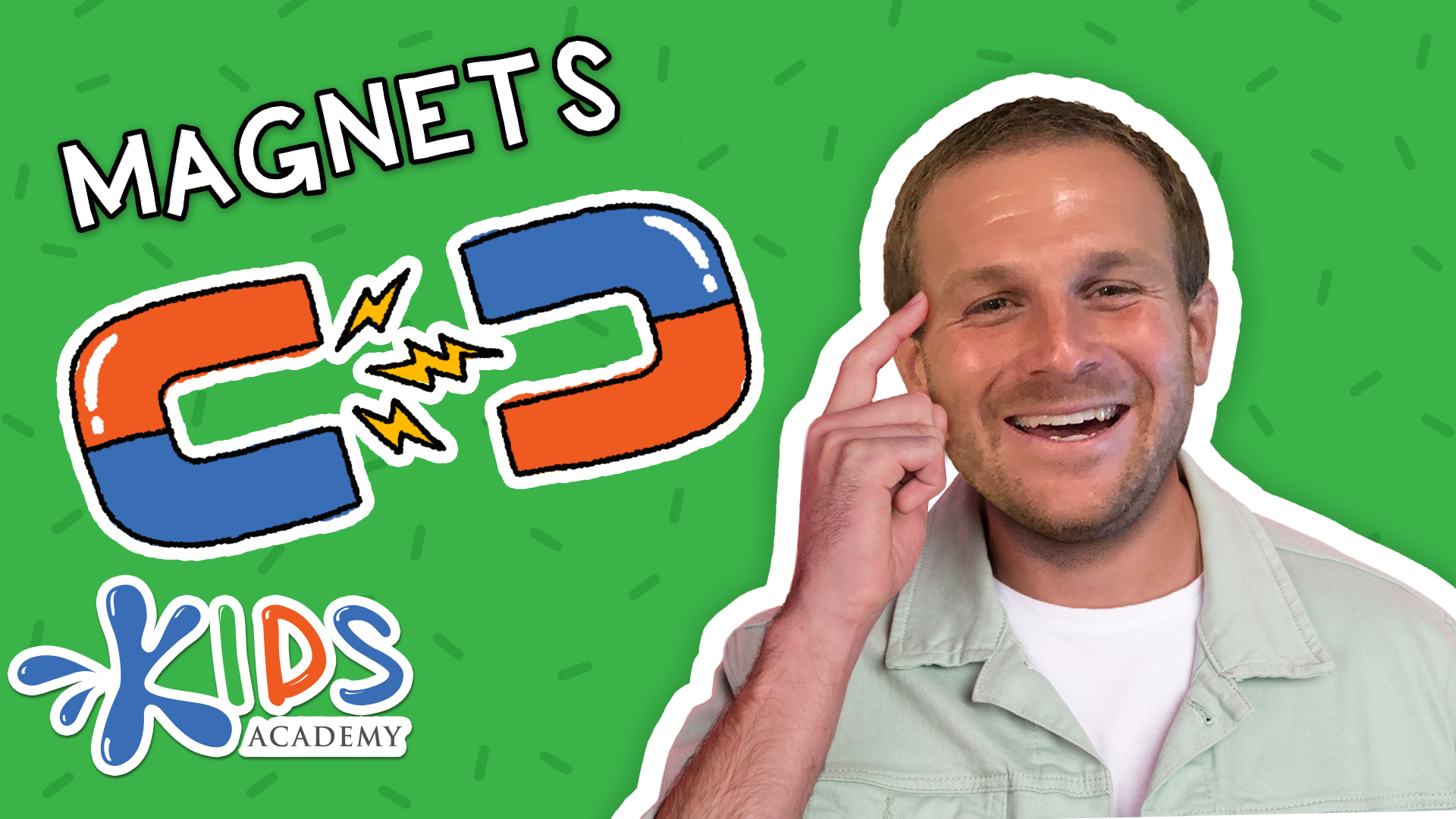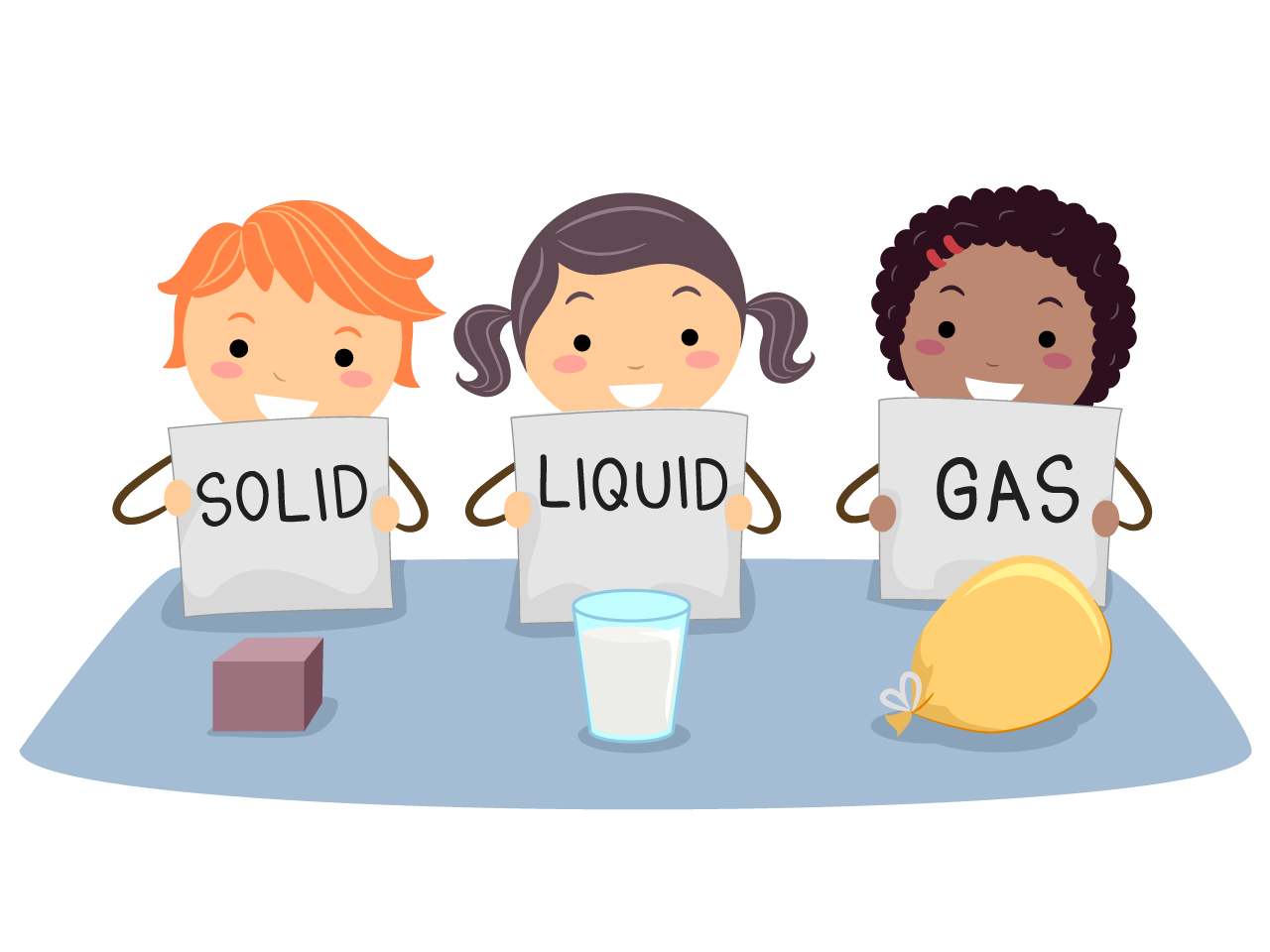Categorizing objects Normal Physical Science Worksheets for Ages 5-7
3 filtered results
-
From - To
Explore our engaging "Categorizing Objects Normal Physical Science Worksheets" designed for children ages 5-7. These worksheets spark curiosity and help young learners understand the importance of classifying objects based on various attributes such as shape, color, and size. By participating in these fun activities, children enhance their observational skills and critical thinking while making connections to the world around them. Perfect for homeschooling, early education classrooms, or extracurricular activities, these print-friendly resources support foundational physical science concepts. Empower your child with the ability to categorize and organize information, fostering a lifelong love for learning and exploration!
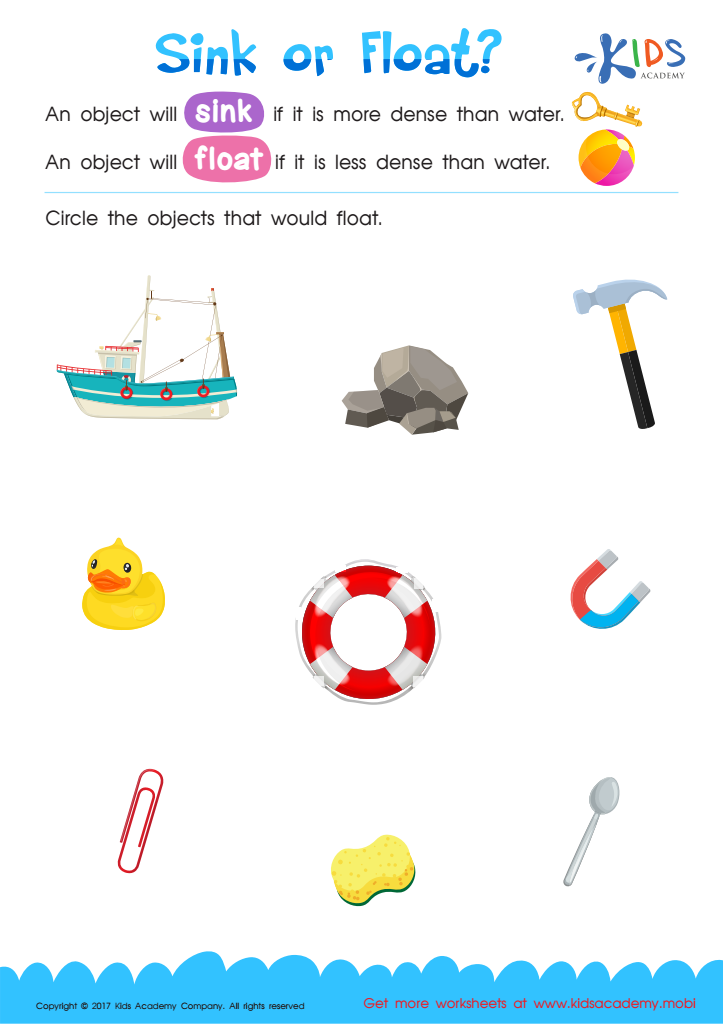

Sink or Float Printable
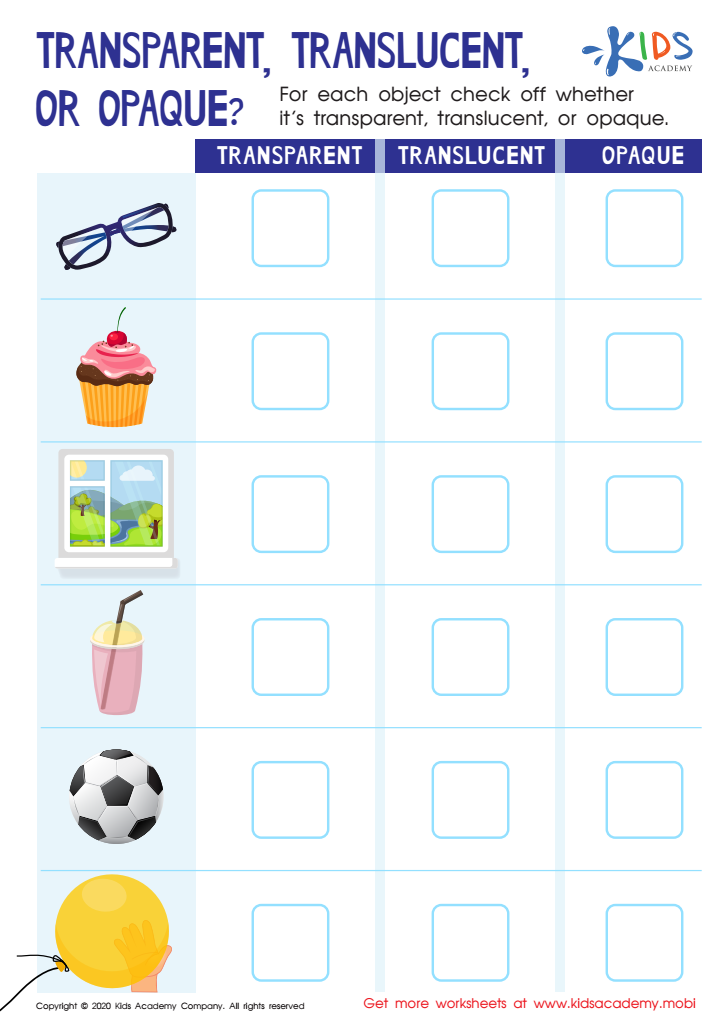

Transparent, Translucent, or Opaque Worksheet
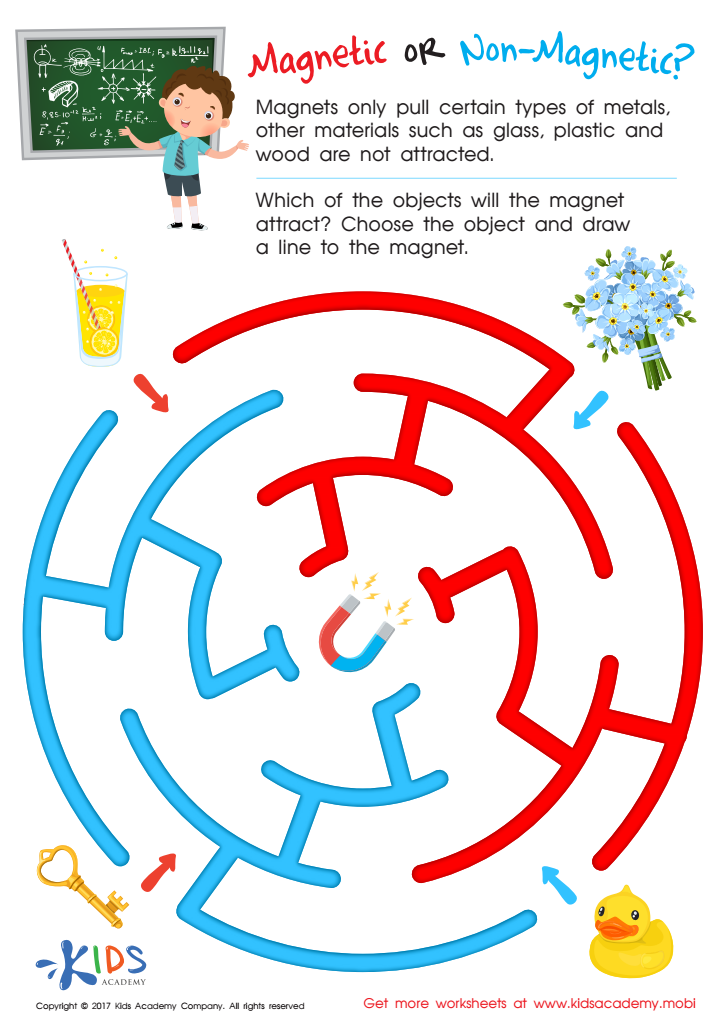

Magnetic or Non–Magnetic Worksheet
Categorizing objects in the realm of Normal Physical Science is vital for children aged 5 to 7 as it lays the foundation for critical thinking and problem-solving skills. During this developmental stage, children are naturally curious and eager to explore their environment. By engaging in categorization, they learn to group objects based on shared characteristics, such as size, shape, color, or function. This process not only enhances their observational skills but also introduces them to essential scientific concepts, fostering a better understanding of the world around them.
Moreover, categorizing stimulates cognitive development, encouraging children to analyze, compare, and connect information. It enhances their vocabulary and boosts communication skills as they articulate their reasoning behind the classifications. Parents and teachers can leverage this activity to scaffold math concepts, such as sorting and counting, reinforcing the connection between science and mathematics.
Additionally, categorization cultivates creativity and imagination as children learn to look at objects from different perspectives. It also heightens their appreciation for diversity in the natural world. Overall, supporting children in this engaging and interactive form of learning not only builds a strong scientific foundation but also nurtures a lifelong love for learning.
 Assign to My Students
Assign to My Students





